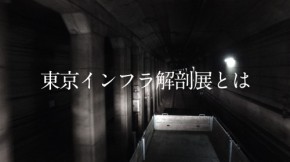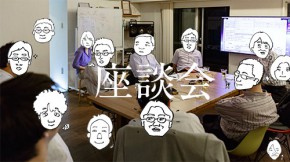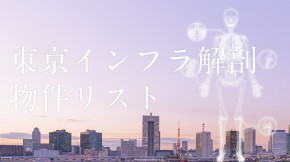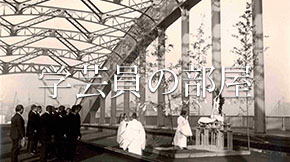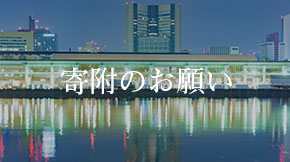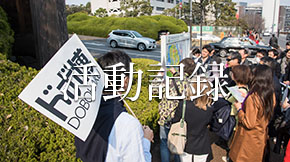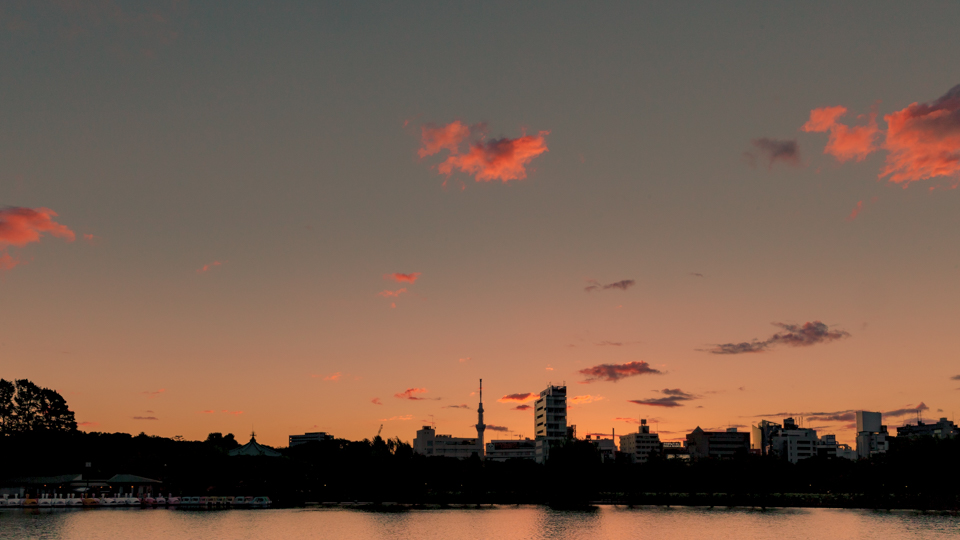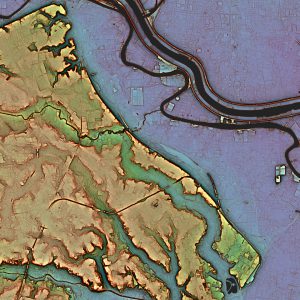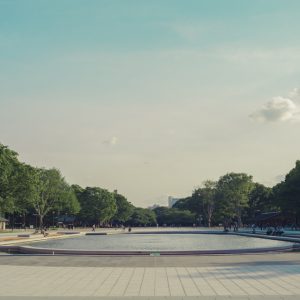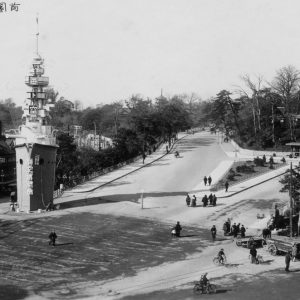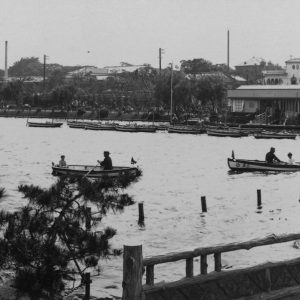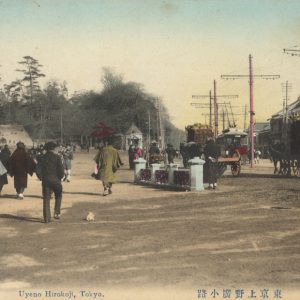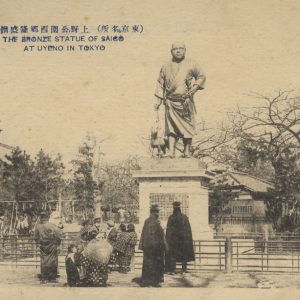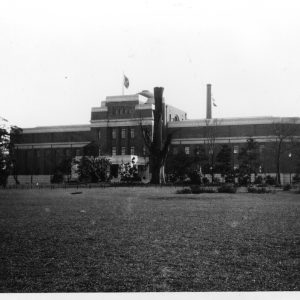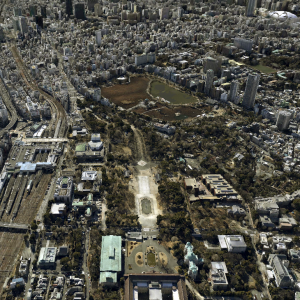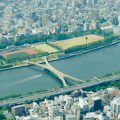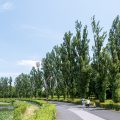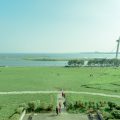In ancient times, the mountain of Ueno was a headland facing a vast tidal flat. Suribachi-yama Tumulus, settled at the tip of the plateau, and Shinobazu Pond, the trace of sea level rise in the Jomon period, shows the evidence.
Originally the name of Ueno is said to have meant the flat rise; highlands against the lowlands “Shitaya.” The mountain of Ueno was widely opened to the citizens of Edo and became one of the famous places for scenic beauty in Edo. Until the Ueno War by Shogitai, this place has confined all the history and has become the art park and cultural infrastructure that pleases the sensibility of visual and auditory senses.
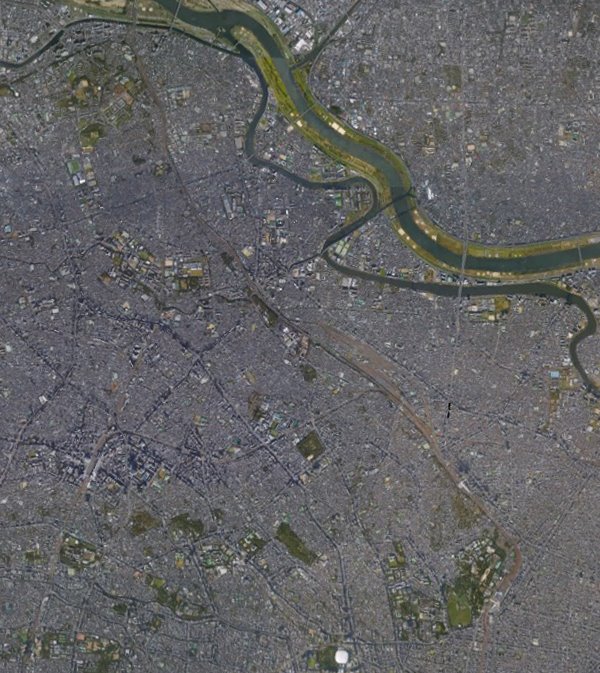
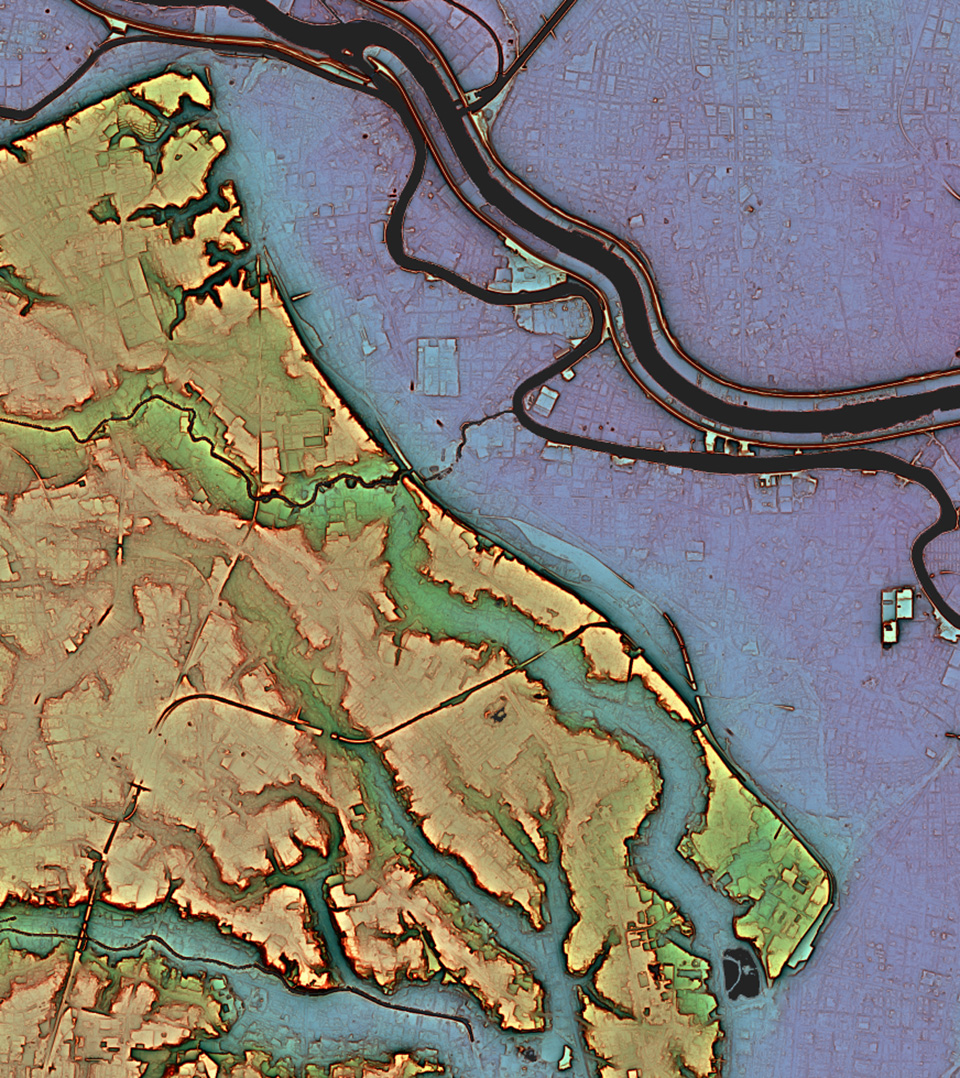
In 1622, the Archbishop Tenkai set his mind on building Kaneiji Temple here, aiming for the protection of Edo castle and the prayer for peace in the country, and Tokugawa family’s mausoleum was placed.
Tenkai set up the geopolitical idea of dressing Edo, the capital of the shogunate, as formal as Kyoto, the capital of the emperor. Kaneiji Temple was an important arrangement to do that and he showed the nationally importance by reproducing the image of Enryakuji Temple in Mt. Hiei, such as comparing Shinobazu Pond to Lake Biwa, Nakanoshima to Chikubujima, and Kiyomizudo to Kiyomizudera and naming an era after the name of the temple.
After the Ueno War, there were a lot lf twists and turns over the belonging of the mountain of Ueno. Various plans appeared one after another, such as to cut down the trees, reclaim Shinobazu Pond, and construct the national medical collage, etc , but each of the plans met with strong opposition. Finally in 1873 by Cabinet decree Ueno Park was established as one of the first parks in Tokyo along with Shiba, Fukagawa, Asakusa, and Asukayama Parks. Maybe it was a work of Genius Loci kept in this place. (S.Doi)

